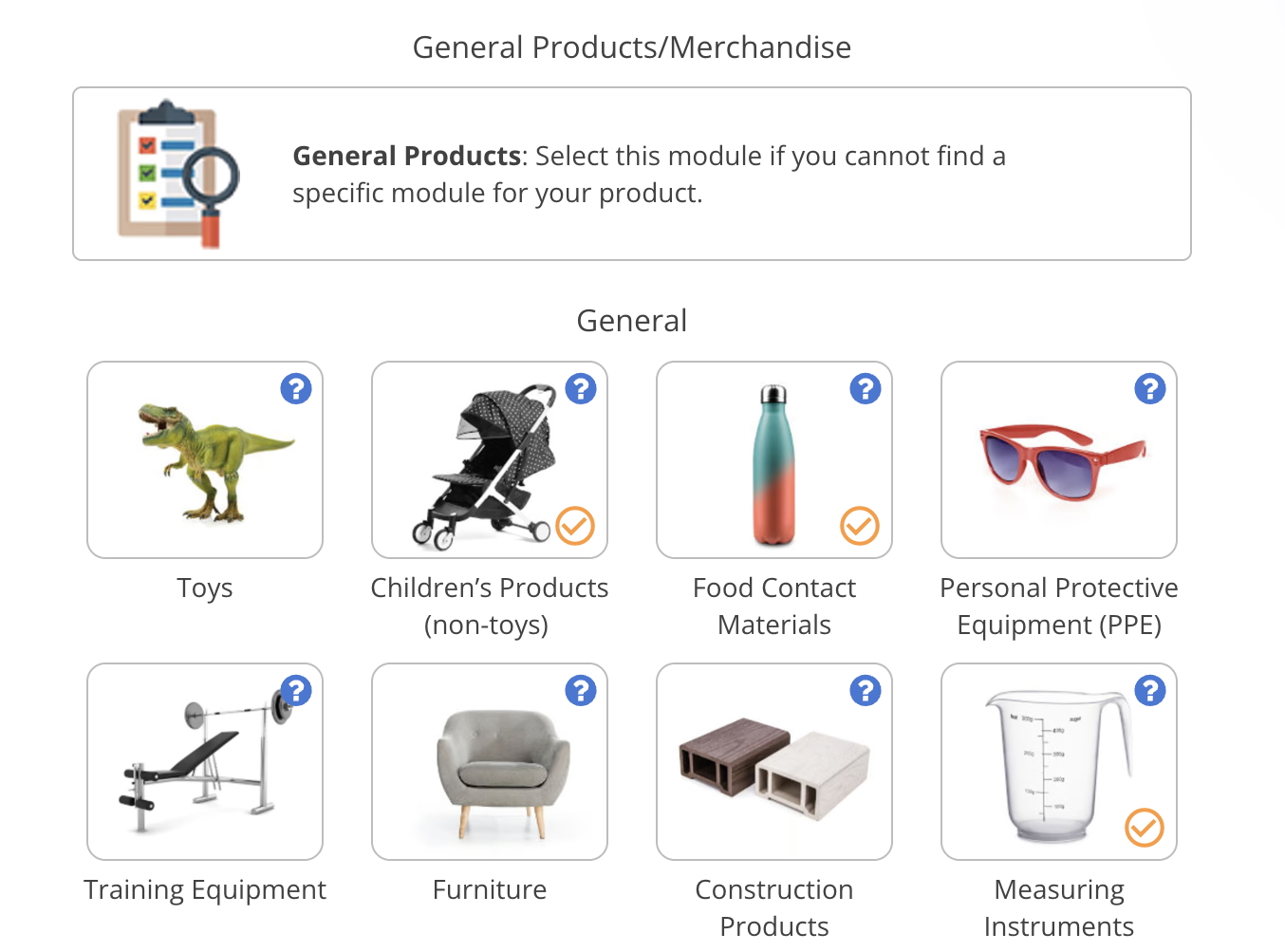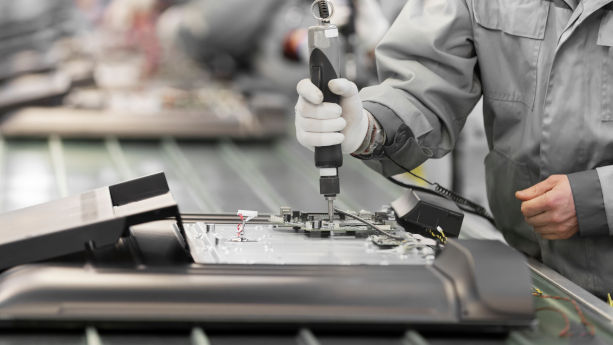
Good Manufacturing Practice (GMP) generally refers to a set of procedures to ensure that the products you manufacture are consistently meeting the requirements of applicable regulations. In practice, this can mean different things, depending on the product and the applicable regulations.
In this guide, we cover GMP requirements found in regulations affecting different product categories from food contact materials to cosmetic products. Additionally, we cover similar requirements (like good engineering practice) found in other regulations and explain how they differ from GMP requirements.
Note that there may be other regulations that cover GMP requirements (e.g. for for medicinal products).
Content Overview

FREE CONSULTATION CALL (30 MIN)
 Ask questions about compliance requirements
Ask questions about compliance requirements Countries/markets:
Countries/markets:
 Learn how we can help your business
Learn how we can help your business
You will speak with:Ivan Malloci or John Vinod Khiatani
What is Good Manufacturing Practice (GMP)?
Good manufacturing practice (GMP) is often related to quality assurance for materials and products. Implementing a system based on the relevant GMP typically results in products being produced more consistently and meeting a particular set of requirements (e.g. safety, sanitation, or quality standards).
However, regulations may contain different GMP requirements. For instance, in the context of food contact materials, the Good Manufacturing Practice for FCM Regulation defines GMP in Article 3a in the following manner:
(a) ‘good manufacturing practice (GMP)’ means those aspects of quality assurance which ensure that materials and articles are consistently produced and controlled to ensure conformity with the rules applicable to them and with the quality standards appropriate to their intended use by not endangering human health or causing an unacceptable change in the composition of the food or causing a deterioration in the organoleptic characteristics thereof;
Thus, GMP requirements may differ based on the regulation and are typically associated with a specific industry. Below, we list different examples of regulations that cover GMP requirements.
Which EU regulations cover GMP requirements?
The table below covers different regulations that mention GMP requirements and contain references to the relevant articles. Note that other regulations that contain GMP requirements may exist.
| Regulation | Articles and Annexes that mention GMP |
| EU Food Contact Materials Framework Regulation (EC) 1935/2004 | Article 3 – Good Manufacturing Practice |
| Good Manufacturing Practice for FCM Regulation (EC) 2023/2006 | Article 1 – Subject matter
Article 3 – Definitions Article 5 – Quality assurance system Article 7 – Documentation Annex – Detailed rules on good manufacturing practice |
| Plastic FCM Regulation (EU) 10/2011 | Article 4 – Placing on the market of plastic materials and articles |
| Recycled Plastic FCM Regulation (EU) 2022/1616 | Article 6 – Requirements for collection and pre-processing
Article 27 – Official controls of recycling installations Annex II – Template for the Compliance Monitoring Summary Sheet in accordance with Article 26 of Regulation (EU) 2022/1616 |
| Cosmetic Products Regulation (EC) 1223/2009 | Article 8 – Good manufacturing practice
Article 11 – Product information file Article 17 – Traces of prohibited substances Article 22 – In-market control Article 25 – Non-compliance by the responsible person |
| Toy Safety Directive 2009/48/EC | ANNEX II – PARTICULAR SAFETY REQUIREMENTS |
Other regulations mention practice that are similar to the “good manufacturing practice”. Here are two examples:
a. Low Voltage Directive, which mentions “good engineering practice” in Article 3.
b. Biocidal Products Regulation, which mentions “good laboratory practice” in Annexes II and III.
Below we provide an introduction to the regulations mentioned above, present their key GMP requirements, and explain the implications to manufacturers. The same is done for the Low Voltage Directive and the Biocidal Products Regulation.
EU Food Contact Materials Framework Regulation
This regulation sets rules affecting food contact materials (FCM), including packaging materials. The regulation requires these products to comply with GMP.
It specifically requires that food contact materials and articles comply with GMP so that they do not transfer their constituents to food in amounts which could either:
- Endanger human health
- Result in an unacceptable change in the composition of the food
- Result in a deterioration in the organoleptic characteristics, such as the taste, colour, odour, and feel of the food
As this regulation is a “framework regulation”, there are other regulations that expand on its rules. Concerning its GMP requirement, the Good Manufacturing Practice for FCM Regulation should be followed.
Good Manufacturing Practice for FCM Regulation
This regulation relates to the food contact materials mentioned in Annex I of the EU Food Contact Materials Framework Regulation and contains the GMP requirement for such materials and articles.
Under this regulation, the GMP requirements include:
a. Carrying out a quality assurance system. Article 5 explains that such a system should take into consideration the skills of the personnel, and the adequacy of the materials, premises and equipment.
b. Maintaining a quality control system, which should include a monitoring system in order to correct any failure without delay.
c. Maintaining documentation on specifications, manufacturing formulae and processing of the finished material or article.
d. Maintaining records covering the manufacturing operations performed relevant to compliance and safety of the finished material or article and results of the quality control system.
e. Following the rules contained in the Annex on the use of printing inks and quality assurance systems for plastic recycling processes
Practically, this means having systems in place to ensure that food contact materials manufactured are consistently in compliance with the relevant food contact material regulations.
The regulation does not refer to any standards or certification schemes (e.g. ISO 9000). Nevertheless, the application of a relevant ISO standard or a certified quality scheme could be used to implement GMP.
Plastic FCM Regulation
This regulation is a specific measure under the EU Food Contact Materials Framework Regulation. It contains requirements specific to food contact materials and articles that contain plastic. Additionally, it requires such plastic materials and articles to comply with GMP.
Under the regulation, the GMP requirements contained in the Good Manufacturing Practice for FCM Regulation must be followed.
Recycled Plastic FCM Regulation
This regulation is also a specific measure under the EU Food Contact Materials Framework Regulation. It covers plastic materials and articles that are intended to come into contact with food and that originate from waste.
Under the regulation, the GMP requirements include:
a. The requirements contained Articles 4 to 7 of the Good Manufacturing Practice for FCM Regulation.
b. Point B of the Annex of the Good Manufacturing Practice for FCM Regulation on quality assurance systems for plastic recycling processes.
Cosmetic Products Regulation
This regulation contains requirements for cosmetic products. It requires the manufacture of cosmetic products to follow GMP to ensure the quality and safety of the cosmetic products during the manufacturing process.
Under the regulation, GMP requirements include:
a. Comply with harmonised standards on GMP
b. Including a statement of compliance with GMP in the product information file. This file is compulsory and should contain information specific to a cosmetic product. It must be kept and be made available by a responsible person.
The European Commission has published a standard on GMP for cosmetic products entitled: EN ISO 22716 – Cosmetics – Good Manufacturing Practices (GMP) – Guidelines on Good Manufacturing Practices. By applying the standard, compliance with the GMP requirement is presumed under the regulation.
This means that you can satisfy the GMP requirement by applying the standard.
Toy Safety Directive
This directive sets requirements for toys. Among its many requirements, toys must follow the essential safety requirements. In the context of such requirements, the regulation mentions GMP.
Specific to toys with fragrances, the regulation states that certain prohibited allergenic fragrances are permissible if:
a. Their presence is technically unavoidable under GMP
b. They do not exceed 100 mg/kg
We could not find any further details about the GMP requirement under the regulation. However, the European Commission published a guide on the directive stating that “More information on GMP can be found in EN ISO 22716”.
Low Voltage Directive
This directive sets requirements for electrical and electronic devices with an input or output voltage between 50 to 1000 V (AC) and 75 to 1500 V (DC). It does not mention GMP. However, it contains a “good engineering practice” requirement.
Under the regulation, covered products must be constructed following good engineering practices.
The directive does not go into detail to explain what the practice means. However, the European Commission published a guide on the directive stating that good engineering practice means that “the electrical equipment must be designed and manufactured according to the state of the art”.
In practice, this could refer to the application of harmonised standards under the directive to satisfy the requirement.
Biocidal Products Regulation
This regulation sets requirements for biocidal products and products that are treated with biocides. Among its requirements, it mentions “good laboratory practice” in the context of the approval process of an active substance to be used in a biocidal product.
Under the regulation, ecotoxicological and toxicological tests should comply with the good laboratory practice requirements set out in Directive 2004/10/EC.
This requirement is relevant to lab testing companies that perform the required tests.


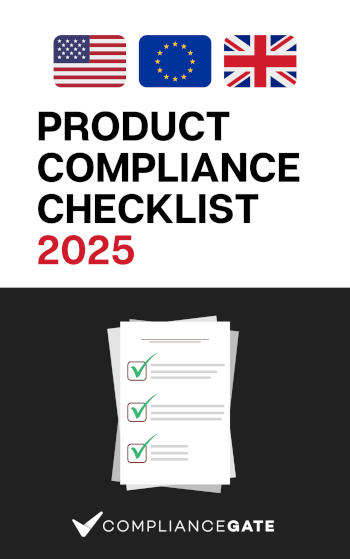




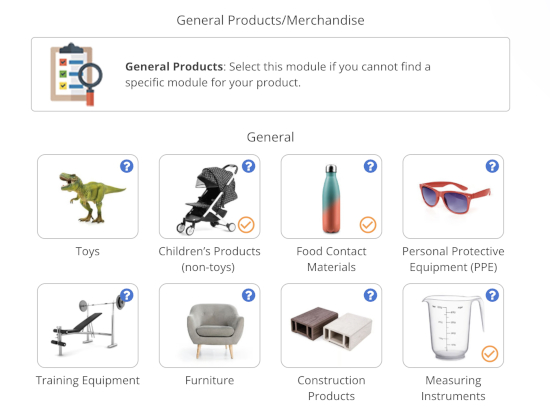






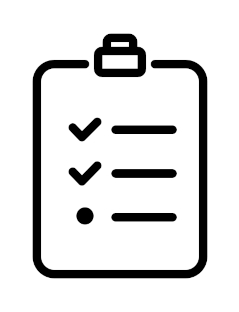


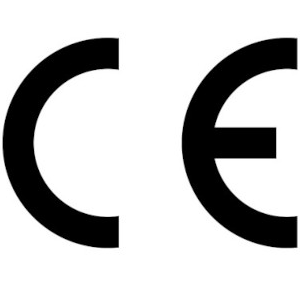




.png)
.png)
.png)
